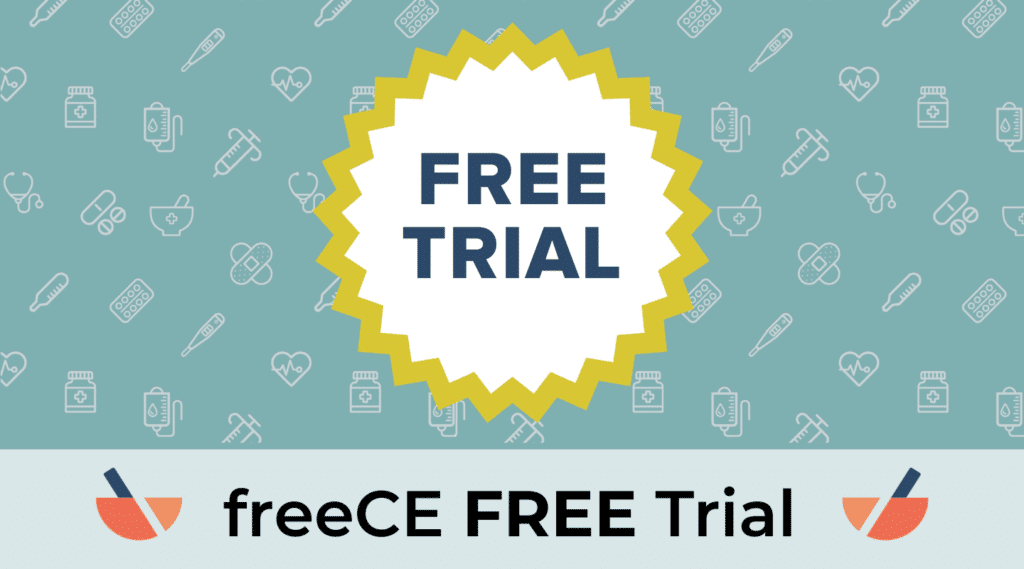It is common for pharmacy technicians to be involved in compounding, helping pharmacists oversee day-to-day preparation of sterile and non-sterile medicines while meeting standards required by regulatory bodies.
Table of Contents
Sterile Compounding
Sterile compounding is a method of preparing medications for patients in a sterile (free from bacteria, viruses or any other potentially infectious microorganisms) environment to prevent contamination and ensure patient safety. Any drug product that is to be injected into the body or used in the eyes must be prepared under sterile conditions. Sterile compounding occurs in many different settings, such as hospitals, infusion centers, and compounding pharmacies. Not all pharmacies provide sterile compounding, but many do. Sterile compounding is a complex field that allows pharmacy technicians to work in an advanced role.
Non-Sterile Compounding
Non-sterile compounding involves the preparation of medications in an area that is clean, but not necessarily free of microorganisms. Some examples of non-sterile products include suppositories, oral medications, and topical medications like creams or ointments. Non-sterile compounding occurs in a variety of settings such as community pharmacies, hospital pharmacies, and compounding pharmacies. Non-sterile compounding also provides opportunities for advanced practice for pharmacy technicians.
Regulatory Bodies
Sterile compounding is governed by a number of regulatory bodies. One example is the United States Pharmacopeia (USP), which is an independent, non-governmental, volunteer organization that determines the quality, purity, and strength standards for medicines, foods, and dietary supplements. USP publishes standards for sterile compounding, in USP Chapter 797. The objective of USP <797> is to describe best practices that can prevent patient harm. One important focus of USP <797> is proper training for pharmacy technicians and other compounding personnel. Studies have shown that most of the contamination in sterile products comes from people, so it’s essential that pharmacy technicians maintain the highest level of hygiene, garbing, and cleaning standards.
Non-sterile compounding is also governed by the USP. USP Chapter 795. The objective of USP <795> is to ensure patients benefit from compounded non-sterile medications and that those products are free of contamination. While non-sterile products do not need to be prepared under sterile conditions, the compounding area and compounding personnel need to be clean and follow quality standards for preparation. Following those standards also reduces the risk of infection and dosing errors that may harm the patient.
Other regulatory bodies that impact sterile and non-sterile compounding include the Food and Drug Administration (FDA) and the Institute for Safe Medication Practices (ISMP). Regulation of compounding pharmacies falls to the FDA in the United States. As part of that oversight, the FDA makes sure that pharmacies are following USP standards and compounding appropriately. The ISMP is an independent, non-profit, patient safety organization that issues recommendations for patient safety in a variety of areas pertaining to the pharmacy, including compounding.
Training
Pharmacy technicians who work in compounding need appropriate training to take on these advanced roles. Pharmacy technician certification by a national organization like the Pharmacy Technician Certification Board (PTCB) or the National Healthcareer Association (NHA) is one way that technicians can demonstrate their knowledge and skills. Earning the credential of Certified Pharmacy Technician (CPhT) sets technicians apart and allows them to show their commitment to the pharmacy and patient care.
For technicians who desire further certification, the Pharmacy Technician Certification Board offers the Compounded Sterile Preparations Technician (CSPT) certification. Candidates for this certification must demonstrate their experience in sterile compounding and pass a certification exam. There are also PTCB-recognized sterile compounding training programs which are another pathway to becoming eligible to sit for the CSPT exam. The Board of Pharmacy Technician Specialities (BPTS) also offers advanced certifications for sterile and non-sterile compounding. BPTS offers the Board Certified Non-Sterile Compounding Pharmacy Technician (BCNCPT) and the Board Certified Sterile Compounding Pharmacy Technician (BCSCPT) certifications.
Once technicians are certified in either sterile or non-sterile compounding, they will need CE to maintain their certifications and to make sure that they stay current on regulations and best practices.






